Report this entry
More from the same community-collection
J. J. Armes, Chuck Norris, J. J. Armes III
J. J. Armes, Chuck Norris, J. J. Armes III in the year 1985. ...
J. J. Armes III, Michael Armes, and Gypsy
Left to right: Michael Armes, Gypsy, J. J. Armes III. Jay J. ...
Tracy Armes, Gypsy, Michael Armes, J. J. Armes III
Children of the "World's Greatest Investigator." Starting from ...
Marlon Brando, Linda Armes, and J. J. Armes
J. J. Armes, Linda Armes, and Marlon Brando. I had met Marlon ...
Desert View of Asarco Complex with Smokestack
The image shows the ASARCO smelting site in 1975. In 1887, the ...
View on ASARCO Industrial Complex
The photograph shows the ASARCO industrial complex in 1975. In ...
Texas Western Property - El Paso, Texas - 1950's
The image shows parts of the Texas Western Property, One can see ...

















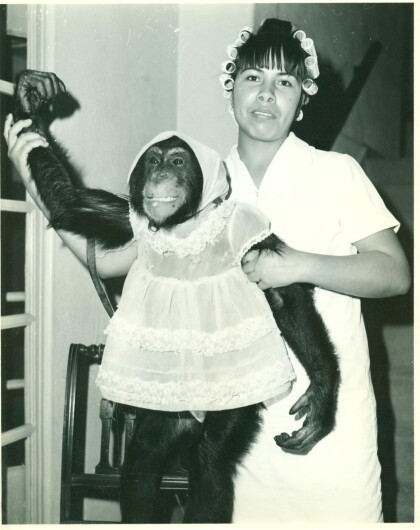
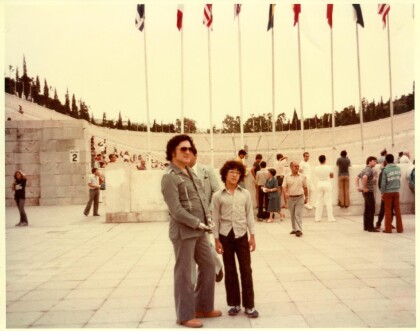
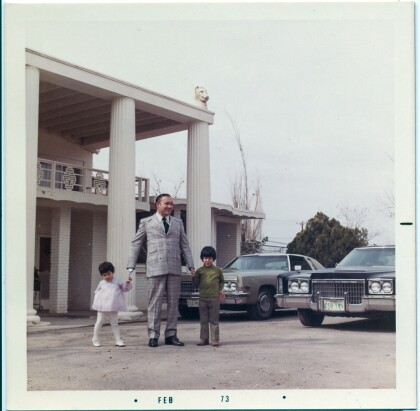
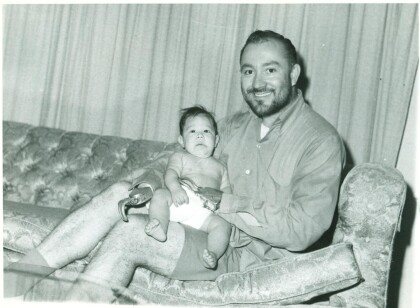
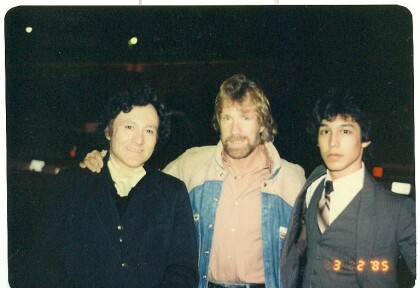
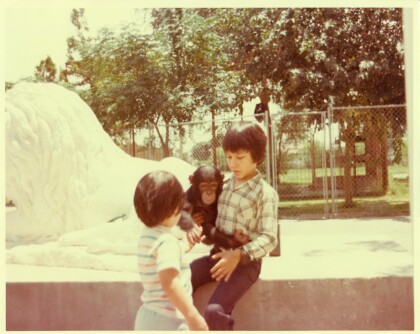

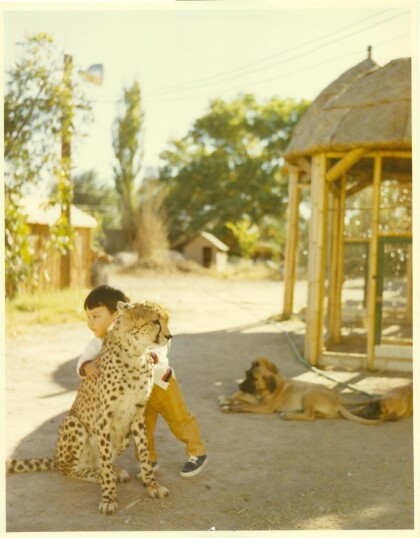
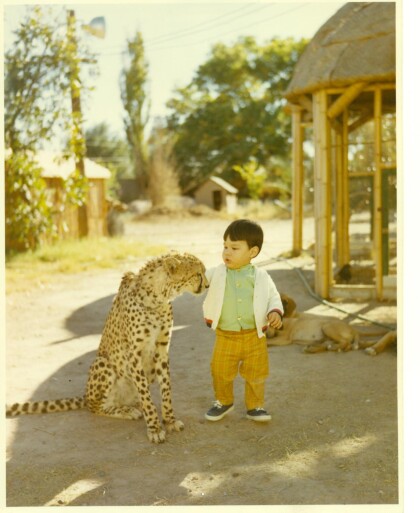
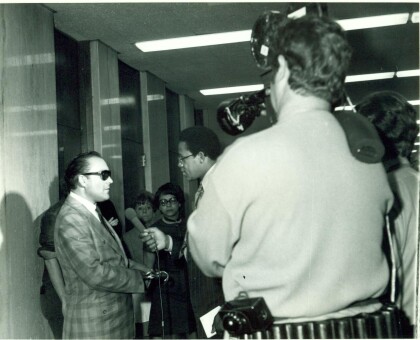
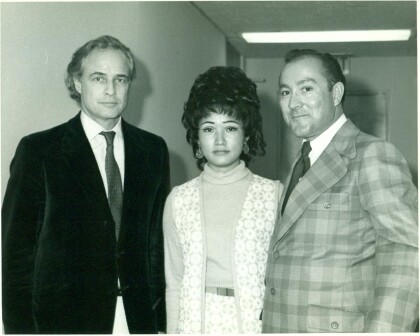



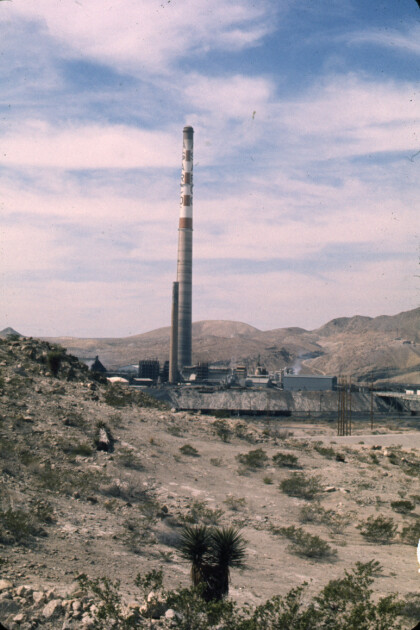
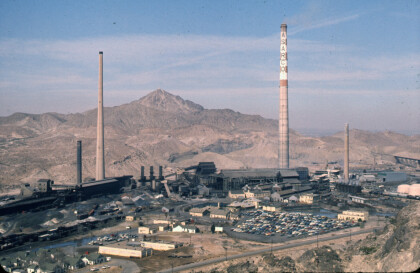
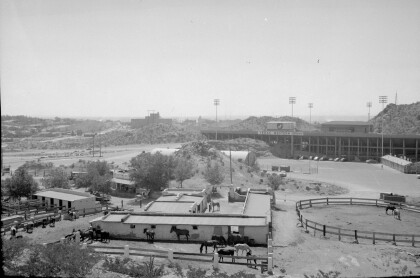
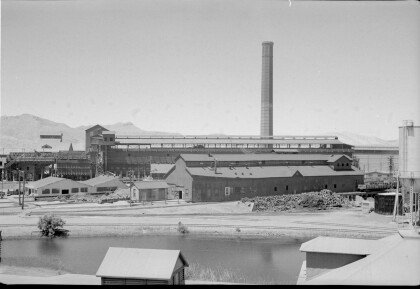
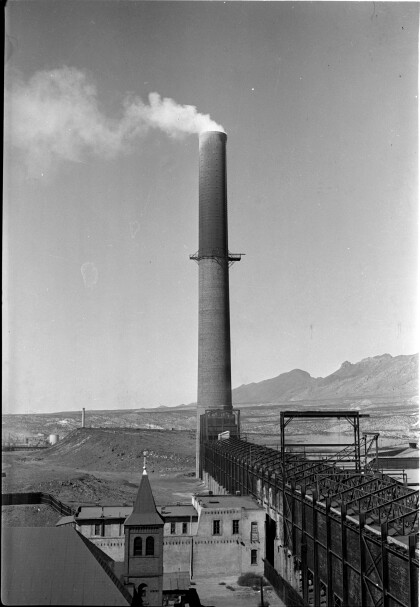
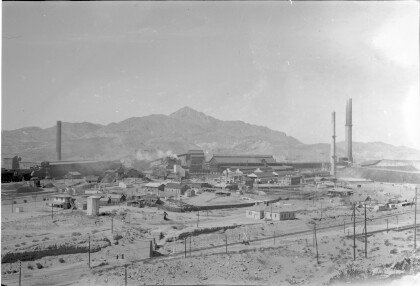
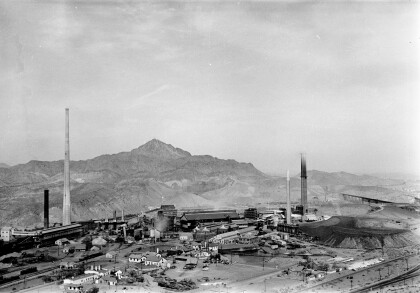
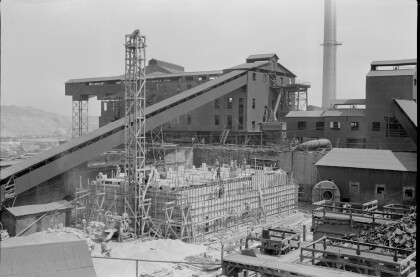
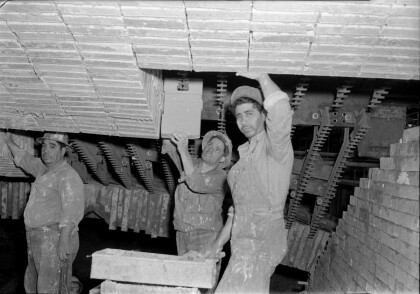
Comments
Add a comment